Marketing funnels can help you drive higher sales, stronger loyalty, and greater brand awareness. But what is a marketing funnel?
A marketing funnel analyses the process through which an interested user turns into a paying customer:

How it works
The above picture represents how market funnels used to work before.
The process was termed funnelling because of the way it was shaped. It starts out with a large number of customers at the top who are potentially interested in the brand. Out of these, only some consider purchasing, and more drop out at the final purchase decision, especially when it comes to repeating the purchase.
However, the new funnelling strategy aims to change this:
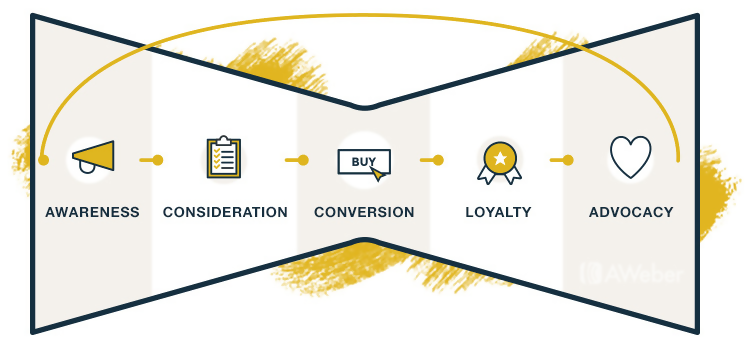
But how is this more modified?
Marketers now aim to focus more on customer retention because that is more profitable. One of the oldest business principles is the Pareto Principle i.e. 20% of your loyal customers bring in 80% of the profit, so focus on them and you’re on the road to success!
Examples of market funnels
| Real-life marketing funnel |
| A customer walks into a store ➦ Awareness |
| The customer looks at products ➦ Consideration |
| He/she makes a purchase ➦ Conversion |
| The customer then returns to repurchase the product ➦ Loyalty |
| The customer refers the product to friends & family ➦ Advocacy |
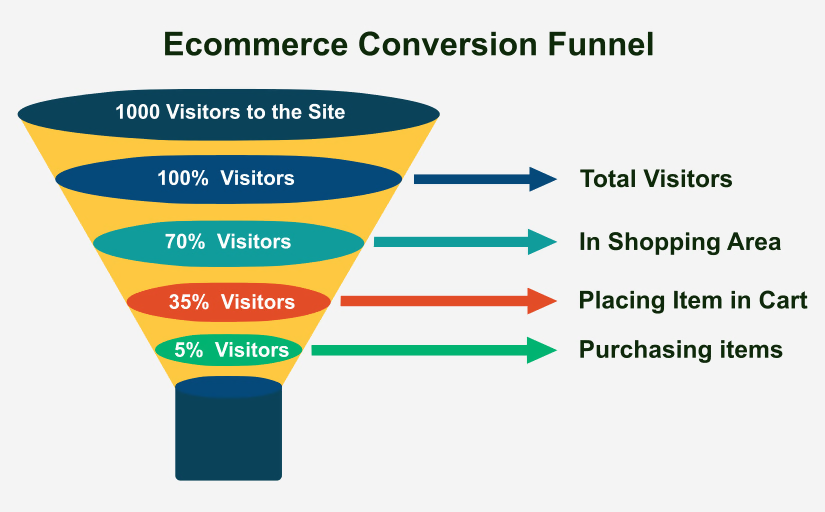
Funnelling strategies for each step
- Awareness
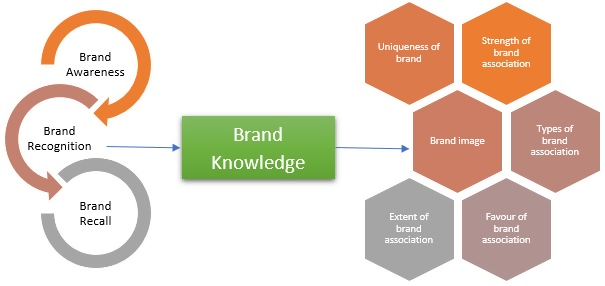
Do’s: At the start of your relationship with customers, advertising is crucial. You need to get across the value-added benefits that you are providing to your target audience so that they are motivated to buy your product.
Dont’s: Don’t give too many specific details about your product or try to sell to your subscribers. The idea is just to educate and inform them about new products and services.
Overselling can lead to annoyance and lose your potential customers in the very first stage of your market strategy.
- Consideration
Do’s: This stage is either a hit or a miss. You want to start selling the right products to customers. To do that, you need to segment your target market and then sell each segment a product based on their specific needs.
To get consumers to consider your product, you need to conduct extensive research to find out more about which products and features suit their needs.
Don’t: Do not sell products that your target audience/subscribers are not interested in. It can be quite a turn off for customers who may even unsubscribe to your content because they will feel that your products are not relevant to their needs.
Take a look at how social media affects consideration for different consumers:
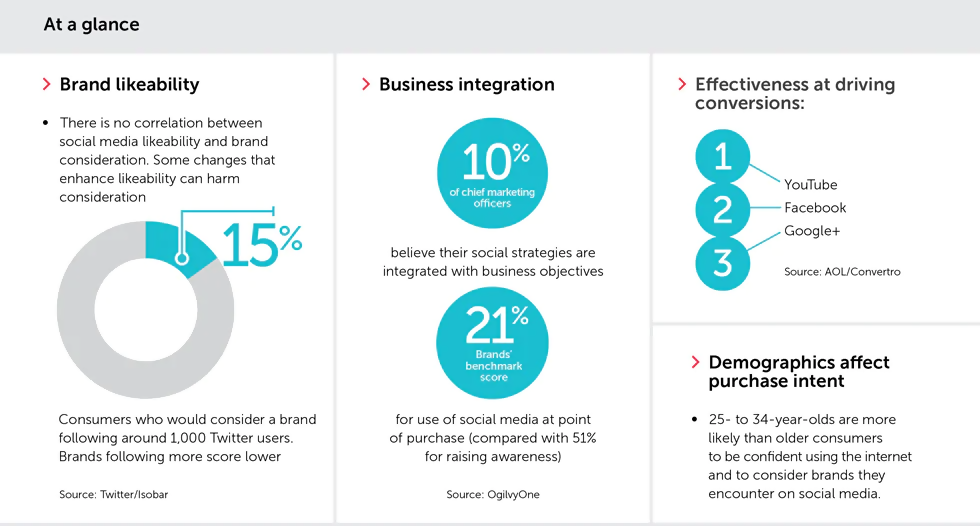
- Conversion
This is the most important step of your market funnel because the hardest job of a marketer is to get consumers to spend their money.
Do’s: To successfully convert an interested consumer into a customer, there are two things you need to focus on:
- Creating a sense of urgency
This tactic is used by all kinds of businesses to prompt customers to make a purchase as quickly as possible. But how?
When shopping online, if you view a particular product, have you ever noticed a red sign that says ‘1 item left in stock’?
Similar phrases along with the red warning sign are used as tactics that will make the consumer feel as if the opportunity cost of not buying the product is too high.
They will believe that the product must be good because only the last available piece is left and thus, they purchase it!
Take a look at how this hotel uses a similar strategy to get customers to make a reservation as soon as possible:

If only one room is left and there are 9 visitors viewing the room currently, the majority of them will jump at the opportunity to book the last available room before it is sold at as well!
Thus, creating a sense of urgency is crucial to gain maximum conversions and that too in the fastest way possible, because time is of the essence.
- Sell benefits, not features
This is a mistake even the biggest of conglomerates have made.
Take Samsung, for example. Whenever it unveils a new phone, it markets the battery size in terms of features e.g. the s10 had a battery capacity of 4100 mAh.
While this is a very powerful feature, Apple, on the other hand, probably receives a higher market share because they market their products better. When unveiling the iPhone 11, Apple marketed how the battery of the i11 lasted 4 hours longer than the 10s.
The key takeaway? Even though Samsung’s battery has a higher capacity, Apple has marketed its product in such a way that is understandable to customers.
Consumers know that the battery of the new iPhone is considerably higher so it’s worth trading in for.
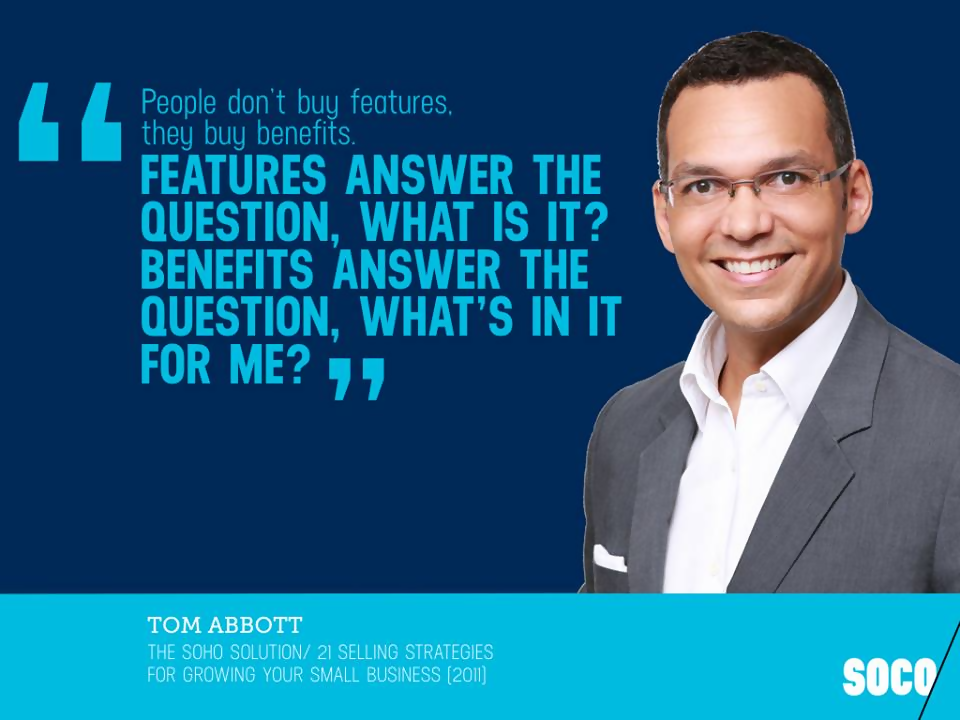
Instead of making your customers think of what benefit your product’s feature provides, market the benefit itself. Tell them what value they will gain from using your product to boost your conversion rates.
Don’ts: Again, you need to make sure that your marketing department or sales staff is not too pushy. Trying to oversell may lead customers away from your brand.
Here are some retail marketing ideas that will boost conversions even higher.
- Loyalty
Do’s: A great way to instill loyalty in your customers is to send out frequent offers that are exclusive to customers who have been loyal purchasers throughout the years.
This is extremely important especially for niche and high-end businesses e.g. law firms, tailors etc. The idea is to express your appreciation for customers that have helped your business grow.
By showing this, you’ll be strengthening your relationship with customers which makes it even harder for competitors to break it.
Another way to build loyalty is to help out your customers. Huda Kattan is an exemplary figure that has mastered this technique.
The blogger turned billionaire not only tries to sell her own brand’s products, but she makes the effort of reviewing other products and posting tutorials to help out her fans in different areas of makeup and skincare:
This creates trust between herself and her customers, thus, instilling loyalty.
Dont’s: Do not stop adding value to your customer’s purchases.
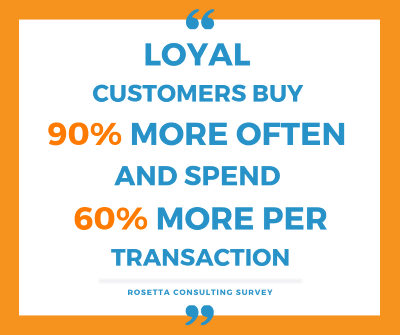
Just because you have managed to retain a customer doesn’t necessarily mean that they will stay forever.
With such a fast-moving world out there, competition is increasing by the minute and brands need to provide the best possible customer service in order to retain their customers.
Some coffee chains set a great example of adding value.
The Australian coffee house Gloria Jeans trains its customers to interact with regular customers in such a way that feel special and valued.
Their regular order is memorised and they are given priority over other customers which is Gloria Jean’s way of showing its appreciation for those customers that have stayed with the business throughout its journey.
- Advocacy
Loyal customers are great, but what’s better? Customers that refer your brand to others!
Word of mouth is so powerful that 92% of consumers prefer suggestions from friends and family over advertisements.
So rather than investing thousands or even millions of dollars in promotions, a better way to promote your brand is simply retaining loyal customers, because they will do the rest of the work for you.
Do’s: This step is an extension of loyalty.
To get loyal customers to advocate your brand, send them great offers and content, remain consistent in your service and value their feedback:
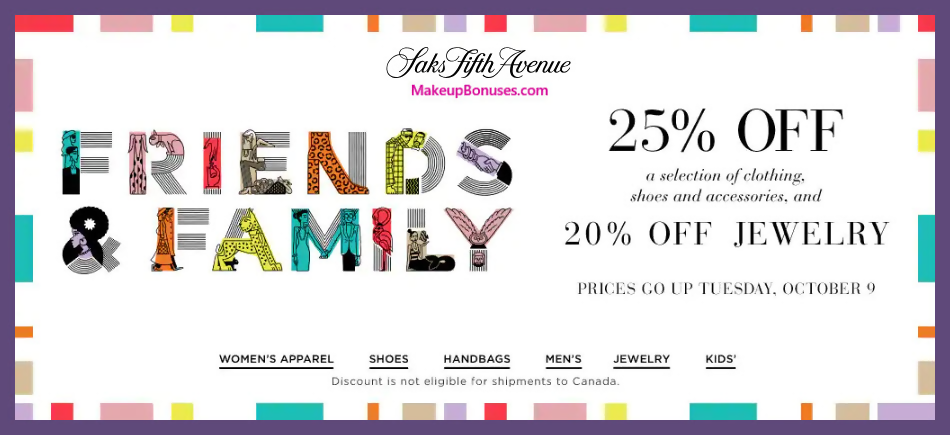
They will advocate your brand only if they become more than customers, they become fans.
You need to make them fall in love with your brand and your services, and that happens when they proudly advocate that they are customers of your brand e.g. ‘I only wear Louboutin.’

Many bloggers and individuals film the unpacking of their Louboutin’s and upload it on social media because the brand has beautiful packaging that consumers are in awe of. Subconsciously, they are advocating the brand to their social media followers.
Don’ts: Once a loyal customer keeps coming back to the business, many brands make the mistake of shifting their marketing efforts to attracting new customers.
While that is important, the Pareto principle makes it very clear that keeping loyal customers happy will bring in more revenue to the business in the long run. It requires less effort and generates higher profits as they make repeat purchases!
The best tips to incorporate into your strategy
#1. Target the likeliest buyers
In order to reduce your time and effort spent, market your efforts towards those consumers who are already looking for your product. But how do you know who these customers are?
Google AdWords! With Google AdWords, you can place your website at the top of the results page when users search for your product/service. Here’s how it looks like:
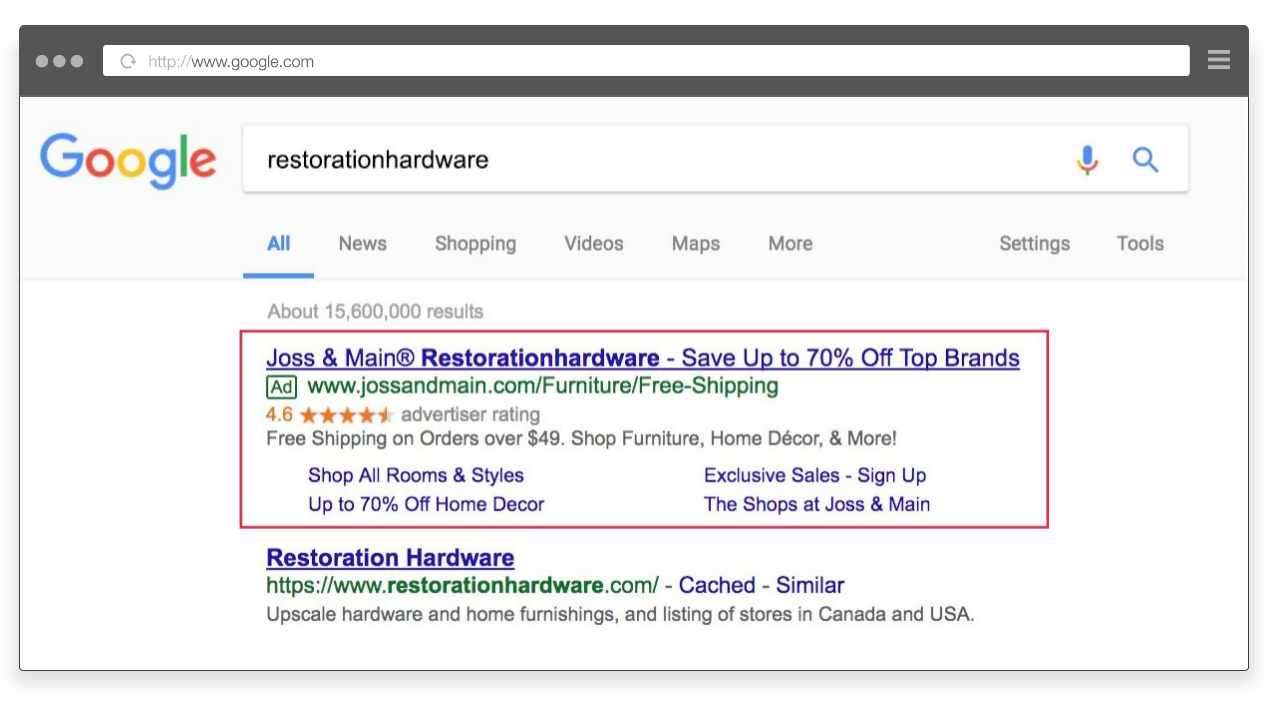
So if someone is looking for restoration hardware, they’ll simply see your ad and click on it.
Google will help you in getting customers to your website by creating awareness about your brand, but the rest is up to you. An attractive website will make users consider making a purchase.
Moreover, Google Adwords are very cost-effective. The average Pay-per-click ad costs about $1 to $2, which varies from pennies to as high as $50, but the Return on Investment is great in most cases:
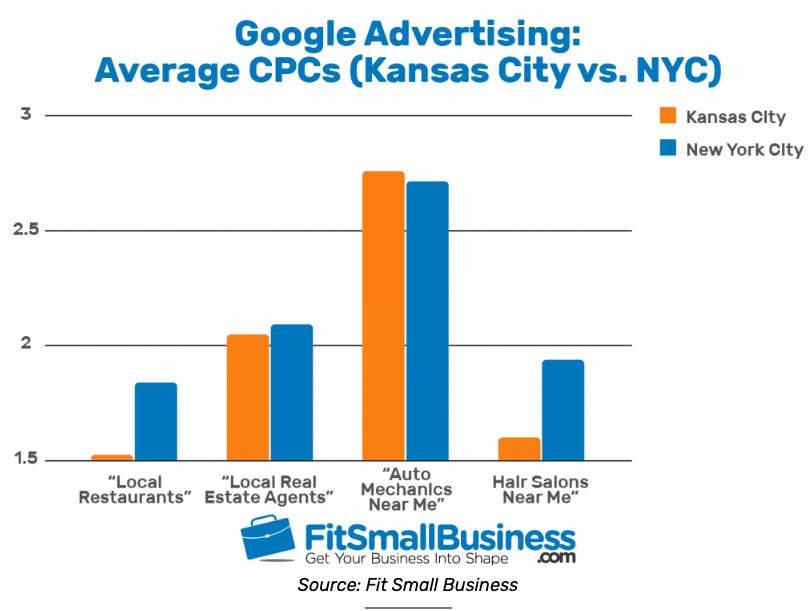
Take a look at various industry statistics to see where your business falls.
#2. Maximise repeat buyers
This one is simple. Identify what your competitive advantage is, and drive consistency in it to ensure your customers remain happy. Your key strength could be one or more of the following:
- Quality products/services
- Premium customer service
- Refund offers
- Return policies
- Loyalty programmes
- Rewards for recommendations
- Personalised offers for your existing customers
- Time-limited promotions
- Content that helps users after the purchase e.g. tutorials on how to use the product
Conclusion
Marketing funnels simplify the customer journey by dividing it into steps which makes it easier for the company to follow.
Management teams can decide on strategies to implement at each step and move on to the next step accordingly.
The great thing about market funnels is their measurability. You can pinpoint where you are losing customers which makes it easier to improvise.
Lastly, you can use market funnels for just about any customer interaction – be it online sales, generating traffic for your retail shop or collecting clicks as an affiliate.
